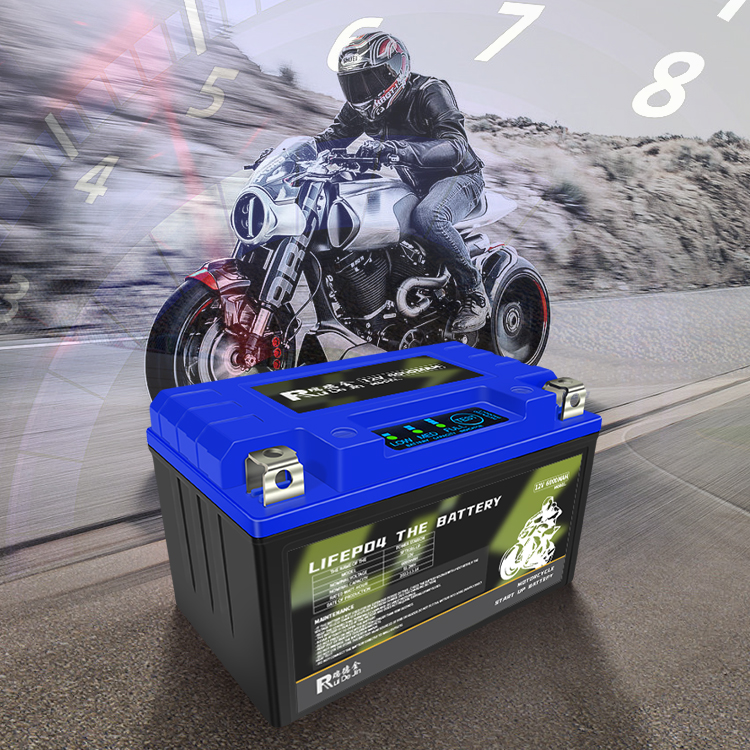In the crystal structure of Lifepo4, the oxygen atom is tightly stacked in six parties. PO43-tetraonal and FEO6 octopus form the spatial skeleton of the crystal. LI and Fe occupy the gap between the octopus, and P occupy the tetraonal gap. The FE occupies the common corner position of the octopus, and the li occupies the common side of the octopus. The FEO6 octopus is connected to each other on the BC surface of the crystal, and the Li6 octopus structure on the B -axis direction is connected into a chain structure. 1 Feo6 octopus and 2 LiO6 octopus and 1 PO43-tetraonal co-edge.
Due to the discontinuity of the FEO6 co-edge octopus network, the electronic conductivity cannot be formed; at the same time, the PO43-tetraon is limited to the volume change of the lattice, which affects the dehydration and electronic diffusion of LI+, which leads to the electronic conductivity and ion diffusion of the LIFEPO4 positive material material and the diffusion of ion. Efficiency is extremely low.
The theoretical than the Lifepo4 battery is higher (about 170mAh/g), and the discharge platform is 3.4V. LI+Retinate the power between the positive and negative bipolar to implement the charging and discharge, and the oxidation reaction occurs during charging. Li+moves out of the positive pole, embedded in the negative pole through the electrolyte, and the iron changed from Fe2+to Fe3+, and the oxidation reaction occurred.
The left side of the lithium iron phosphate battery is the positive electrode composed of lifpo4 material of the olive structure, which is connected to the positive electrode of the battery with aluminum foil. On the right is the negative electrode of the battery composed of carbon (graphite), which is connected to the negative electrode of copper foil with the battery. In the middle is the diaphragm of the polymer, which separates the positive electrode from the negative electrode. The lithium ions can be electrons through the diaphragm and cannot pass the diaphragm. The battery is charged with electrolytes, and the battery is enclosed by a metal shell.
The charging and discharge response of lithium iron phosphate batteries is between Lifepo4 and FEPO4. During the charging process, the LIFEPO4 gradually separated from the lithium ion to form FEPO4. During the discharge process, the lithium ion embedded FEPO4 to form LIFEPO4.
During the battery charging, lithium ions are migrated from iron phosphate crystals to the surface of the crystal. Under the influence of the electric field, enter the electrolyte, then pass through the diaphragm, and then migrate to the surface of the graphite crystal through the electrolyte, and then embedded into the graphite lattice.
At the same time, the electronics conductive aluminum foil collector electrode flows to the positive electrode, and the copper foil collector flowing through the pole ear, battery positive column, external circuit, negative electrode column, and negative ears to the battery negative electrode, and then flows to the litteria negative electrode , Make the negative electrode charge to balance. Lithium ions are transformed into iron phosphate after lithium iron phosphate dehydrated.
When the battery is discharged, lithium ions are removed from the graphite crystal, enter the electrolyte, then pass through the diaphragm, migrate to the surface of the lithium iron phosphate through the electrolyte, and then re -embed it into the latch of the lithium iron phosphate.
At the same time, the copper foil collector flows to the negative electronics of the electronic meridian, through the aluminum foil collector of the aluminum foil of the polar ear, the negative column of the battery, the outer circuit, the positive pole column, and the positive polar ear to the battery. Lithium positive poles make the positive charge reach balance. Lithium ions are embedded after iron phosphate crystals, and iron phosphate is converted into lithium iron phosphate.

Post time: Aug-07-2023


